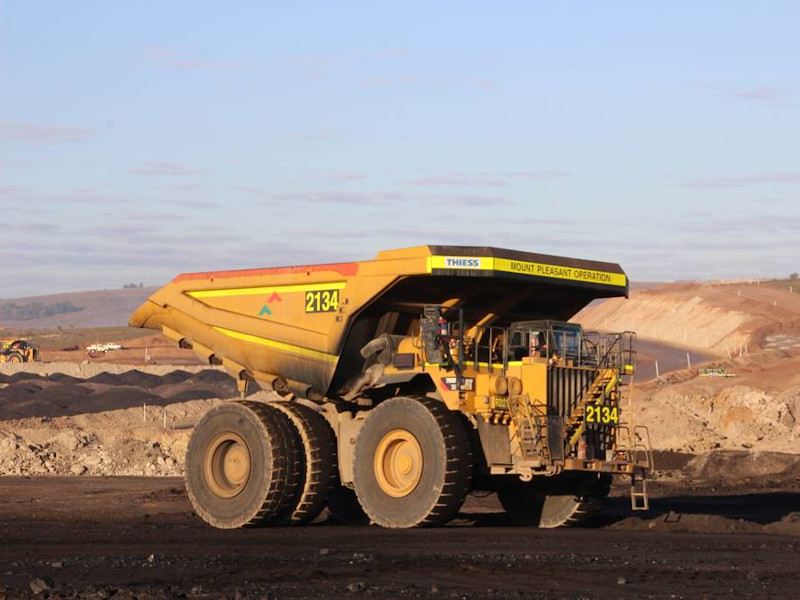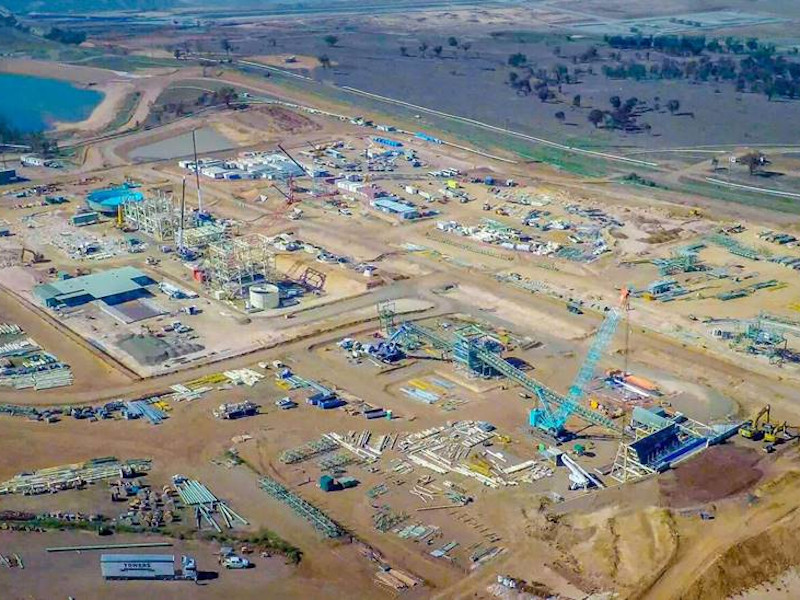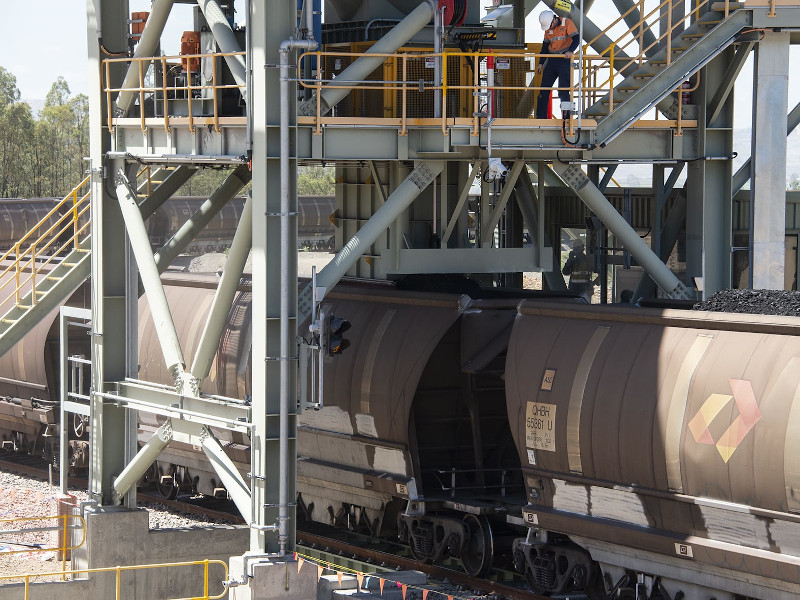The Mount Pleasant coal mine is an open-pit coal mining operation located near Muswellbrook, in the Hunter Valley region of New South Wales (NSW), Australia.
Producing since December 2028, the coal mine is owned and operated by Mount Pleasant Joint Venture comprising MACH Energy Australia (95%) and Japan Coal Development Australia (JCDA, 5%).
MACH Energy acquired the coal asset from Rio Tinto for approximately £167m ($220.7m) excluding royalties in August 2016 and started construction on the project in the same year.
It formed a joint venture with JCDA in May 2018 while the first coal from the project was started in December 2018.
Project Gallery
-

The Mount Pleasant coal mine has been producing since December 2018. Image courtesy of Mach Energy.
-

The Mount Pleasant coal mine is located in the Upper Hunter Valley, New South Wales, Australia. Image courtesy of Mach Energy.
-

The Mount Pleasant coal mine is currently permitted to produce up to 10.5 million tonnes of coal a year. Image courtesy of Mach Energy.
The on-going operation is fully consented to produce up to 10.5 million tonnes per annum (Mtpa) of run-of-mine coal until 2026.
MACH Energy has proposed the Mount Pleasant Optimisation Project to extend the mine life by 22 years until 2048 and increase the ROM coal production capacity to 21Mtpa by extracting additional coal reserves at the site.
Location and geology
The open-pit coal mine is located approximately 3km northwest of Muswellbrook and approximately 50km northwest of Singleton in the Upper Hunter Valley, New South Wales, Australia.
The coal resources of mine are found to be hosted within the Vane and Jerrys Plains subgroups of the Wittingham Coal Measures belonging to the late Permian age.
Mount Pleasant coal reserves and resources
The proven and probable reserves of the mine are estimated to be 667Mt, while the measured and indicated coal resources are estimated to be 1.1 billion tonnes.
Coal mining, handling, and transportation
The open-cut mining method involving blasting, truck, and shovel operations is implemented at the Mount Pleasant coal mine. The four open-pits at the Mount Pleasant mine include the South Pit, North Pit, Warkworth South Pit, and the Piercefield Pit.
The ROM coal is trucked to an onsite coal handling and preparation plant (CHPP) where it undergoes sizing, screening, de-sliming, and washing for the production of final product coal.
The CHPP comprises two coal processing modules with a combined capacity of 1,500 tonnes per hour (tph).
The final coal product from the plant is sent to a train load-out facility for transportation via the Muswellbrook-Ulan Rail Line. The coal is further transported on the Main Northern Railway to domestic customers or to the Port of Newcastle for export.
Infrastructure facilities
The coal mine is accessed from the Wybong Road and the electricity for the project is sourced through a 22kV powerline connecting a 66kV substation located near the CHPP.
The water for the project is sourced from the Hunter River and stored in localised tanks.
Mount Pleasant Optimisation Project
The proposed optimisation project at Mount Pleasant involves the mining of additional coal reserves, including lower coal seams in the North Pit, upgrades to the existing CHPP as well as to the workshops, electricity distribution, and other ancillary infrastructure.
Treating a maximum of 21Mtpa of ROM coal, the expansion project is intended to produce and transport up to 17Mtpa of product coal to domestic and export customers.
Contractors involved
Thiess received the mining services contract for the project in April 2017. It will undertake mining operations as well as provide mine planning and engineering services at Mount Pleasant until 2021.
Calibre DRA, a joint venture of DRA Pacific and G&S Engineering, was awarded a contract worth £120m ($149m) for the design and construction of the train load-out facility and the CHPP for the Mount Pleasant coal mine in March 2017.
Whittens was subcontracted by G&S Engineering Services for the bulk earthworks and civil construction works for the project.
Sedgman received the operations and maintenance (O&M) contract for the Mount Pleasant CHPP in November 2018.
Automatic drilling pilot at Mount Pleasant
Thiess partnered with Caterpillar and WesTrac to trial autonomous drilling at the Mount Pleasant coal mine in April 2020. A new Caterpillar MD6250 rotary drill rig has been deployed for the automatic drilling pilot project which is expected to continue until 2021 at the site.
